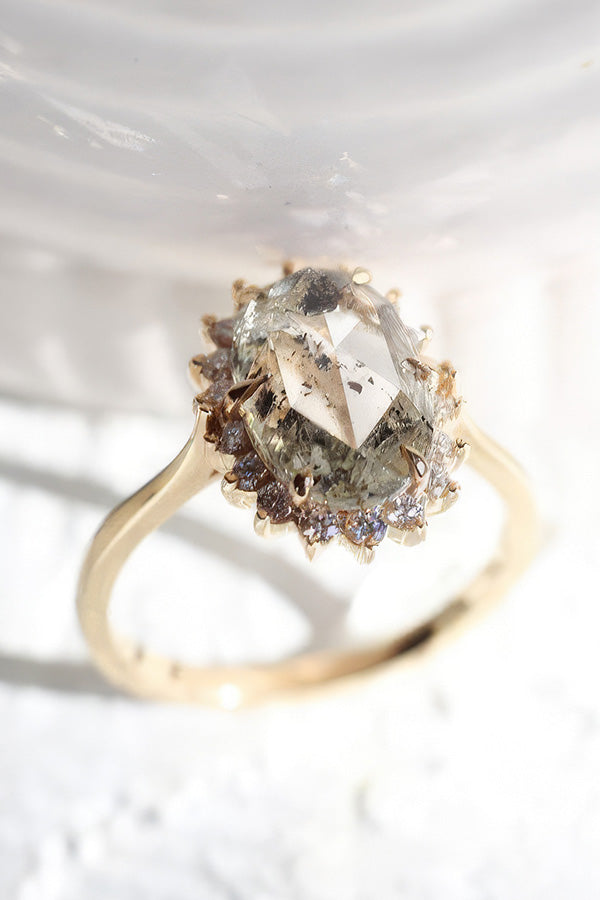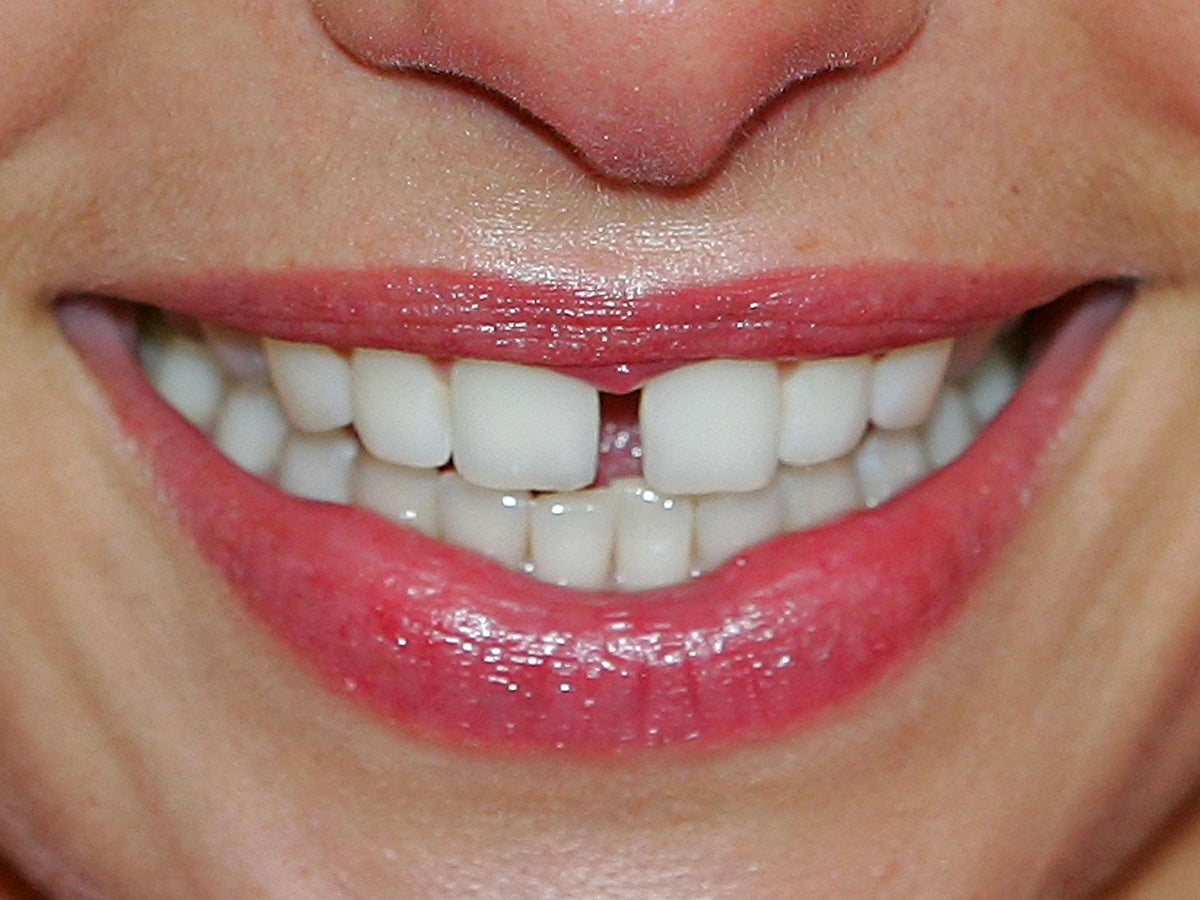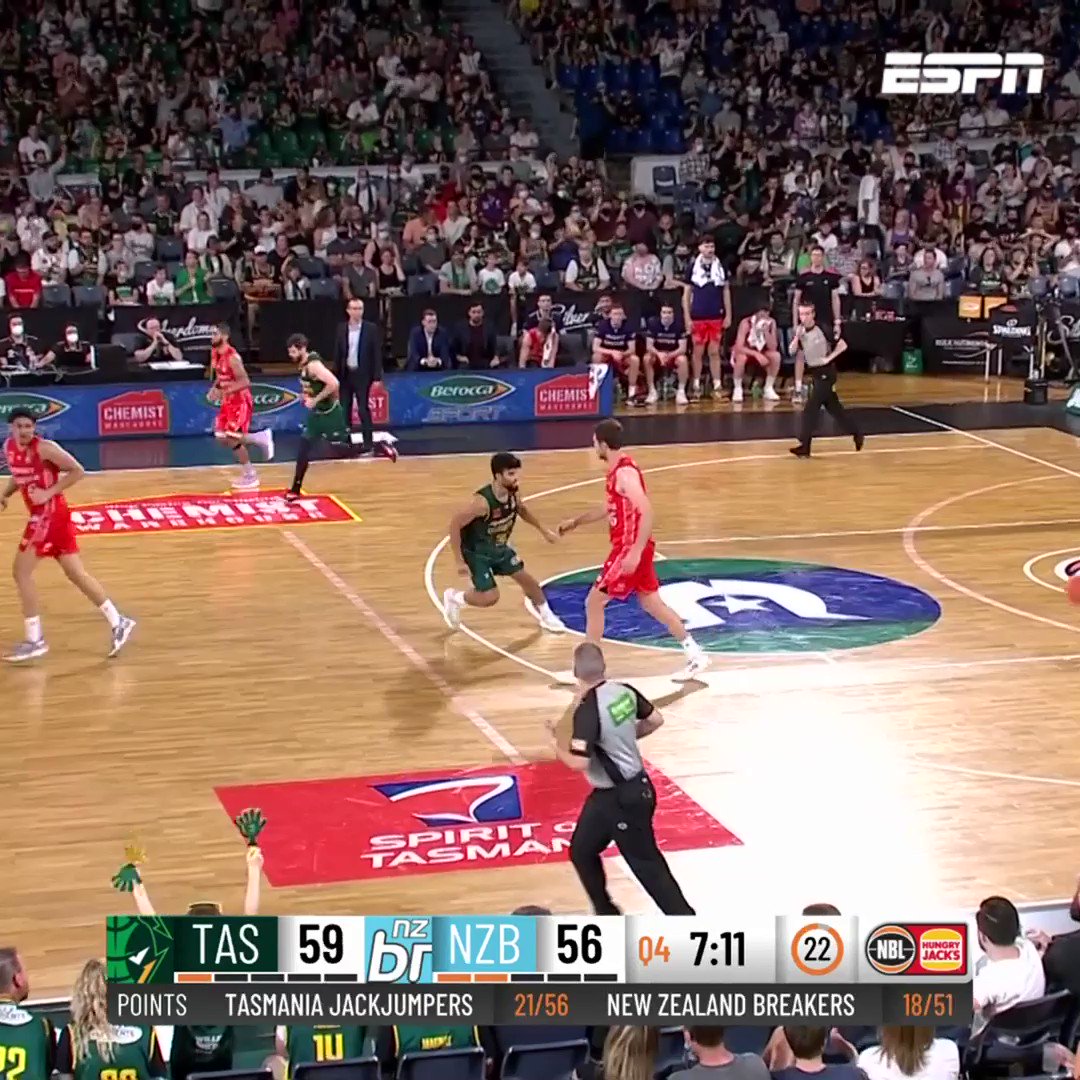Transforming Small Bathrooms: Maximizing Space and Style
Transforming Small Bathrooms: Maximizing Space and Style Small bathrooms can present unique challenges, but with…
30+ Stunning Engagement Rings: From Classic Solitaires to Vintage-Inspired Designs
Engagement rings are more than just pieces of jewelry; they are symbols of love, commitment,…
30 Creative Engagement Rings with Beautiful Details
Engagement rings are a symbol of love and commitment, and these unique designs showcase the…
2024 USPS Hiring: Navigate the Pre-Hire List, Wait Times & Application Steps
Discover the essential steps after landing on the 2024 USPS Pre-Hire List. Learn how long…
Average Chicken Breast Weight Guide | Size & Price Insights 2024
Unlock the secrets to chicken breast weight in 2024! Whether you’re cooking or shopping, learn…
2024 Exposed: Can Your Dentist Uncover if You Vape? Parents Alert!
Unveiling the truth in 2024: Discover how dentists can tell if you’ve been vaping, whether…
Find Baking Soda at Walmart in 2024: Aisle Information & Product Guide
Discover the convenience of shopping for baking soda at Walmart in 2024. Learn exactly where…
Does Walmart Accept Checks As A Payment Method?
Does Walmart Accept Checks As A Payment Method? (2022) Walmart is one of America’s favorite…
Does Kroger Sell Stamps
Does Kroger Sell Stamps In 2022? (Types, Pricing + Other Faqs!) Aldi ALDI Nord and…
2024 Revealed: Aldi Store Plans for Tasmania – Will Hobart or Launceston Get One?
Aldi Tasmania: Are They Coming To Hobart Or Launceston? What’s the deal with Aldi coming…
2024 Update: Is Aldi Opening in Hobart or Launceston, Tasmania?
2024 Update: Is Aldi Grocery Store Finally Opening in Canada? Locations, Shipping & Presence
2024 Insight: Aldi’s Arrival in Canada – Locations, Expansion Plans, and Impact
Is Aldi Coming To Canada Competitors react Aldi SA 1/4 das rapid growth in the…
2024 Amazon Weather Delays? Inclement Weather & Snow Policy Insights
Amazon Inclement Weather Policy 2022 (Your Full Guide) Los Angeles International Airport IATA : LAX…
Amazon Inclement Weather Policy 2022
Amazon Inclement Weather Policy 2022 (Your Full Guide) Los Angeles International Airport IATA : LAX…
How Many Countries Does Amazon Operate In?
How Many Countries Does Amazon Operate In? (Full List) Amazon.com, Inc. Logo since 2000 The…
Complete 2024 Guide on Asda Helium Balloons: In-Store Options & Filling Services
Does Asda Fill Helium Balloons In 2022? (Do This Instead…) Asda has a large selection…
how many countries amazon operates, amazon indonesia dimana
How Many Countries Does Amazon Operate In? (Full List) Amazon.com, Inc. Logo since 2000 The…












